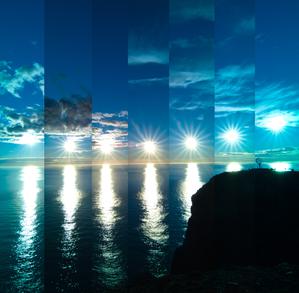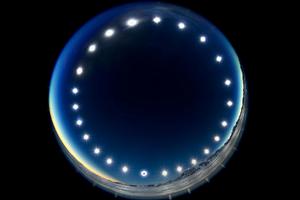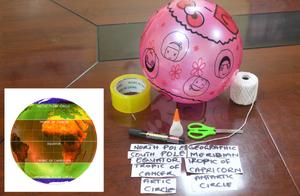Glossary term: Polar Circle
Description: The polar circles are lines of latitude on the Earth. The polar circle at 66°33′48.8″ N is called the Arctic Circle and the polar circle at 66°33′48.8″ S is called the Antarctic Circle. Due to the Earth's tilted rotation axis, regions north of the Arctic Circle and south of the Antarctic Circle experience "polar nights" during their winter and "polar days" during their summer. During a polar night the Sun is below the horizon for more than 24 hours and this period of darkness can last for months. During a polar day the Sun is above the horizon for more than 24 hours and daytime can last for months. Polar days and nights are longest closer to the poles. Polar nights happen before and after each polar region's winter solstice with polar days happening before and after the summer solstice.
Related Terms:
See this term in other languages
Term and definition status: This term and its definition have been approved by a research astronomer and a teacher
The OAE Multilingual Glossary is a project of the IAU Office of Astronomy for Education (OAE) in collaboration with the IAU Office of Astronomy Outreach (OAO). The terms and definitions were chosen, written and reviewed by a collective effort from the OAE, the OAE Centers and Nodes, the OAE National Astronomy Education Coordinators (NAECs) and other volunteers. You can find a full list of credits here. All glossary terms and their definitions are released under a Creative Commons CC BY-4.0 license and should be credited to "IAU OAE".
If you notice a factual error in this glossary definition then please get in touch.
Related Media
When the Sun Bounces
Credit: Milos Obert/IAU OAE (CC BY 4.0)
License: CC-BY-4.0 Creative Commons Attribution 4.0 International (CC BY 4.0) icons
The Eclipse Clock-Eclipse on a Polar Day
Credit: Stephanie Ziyi Ye/IAU OAE (CC BY 4.0)
License: CC-BY-4.0 Creative Commons Attribution 4.0 International (CC BY 4.0) icons
Related Activities
Discover Earth's climate with a balloon
astroEDU educational activity (links to astroEDU website) Description: Discover the secrets of Earth's climate zones with a hands-on experience
License: CC-BY-4.0 Creative Commons Attribution 4.0 International (CC BY 4.0) icons
Age Ranges:
8-10
, 10-12
Education Level:
Middle School
, Primary
Areas of Learning:
Fun activity
, Guided-discovery learning
, Modelling
, Observation based
, Project-based learning
, Social Research
Costs:
Low Cost
Duration:
45 mins
Group Size:
Group
Skills:
Asking questions
, Constructing explanations
, Developing and using models











